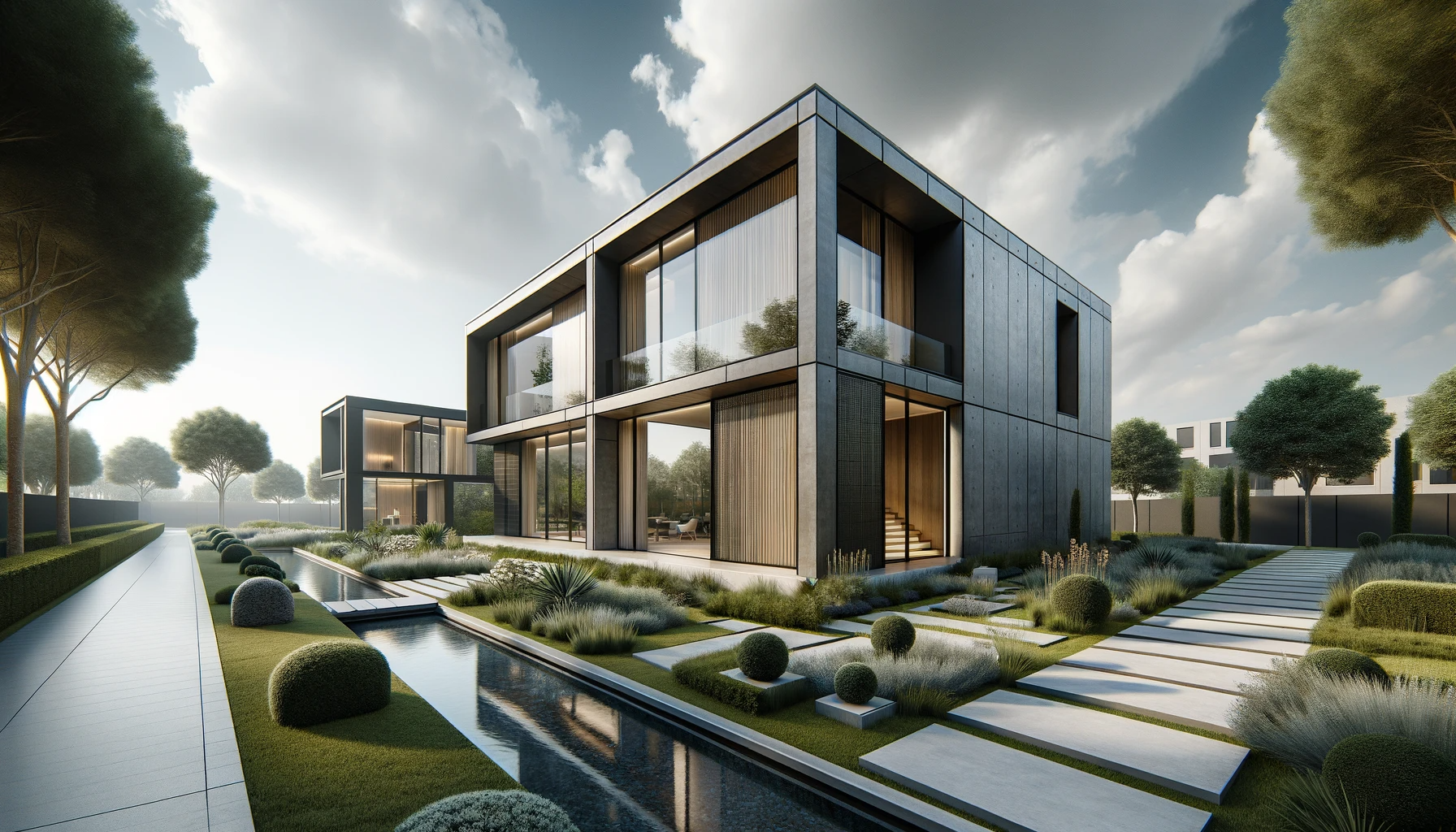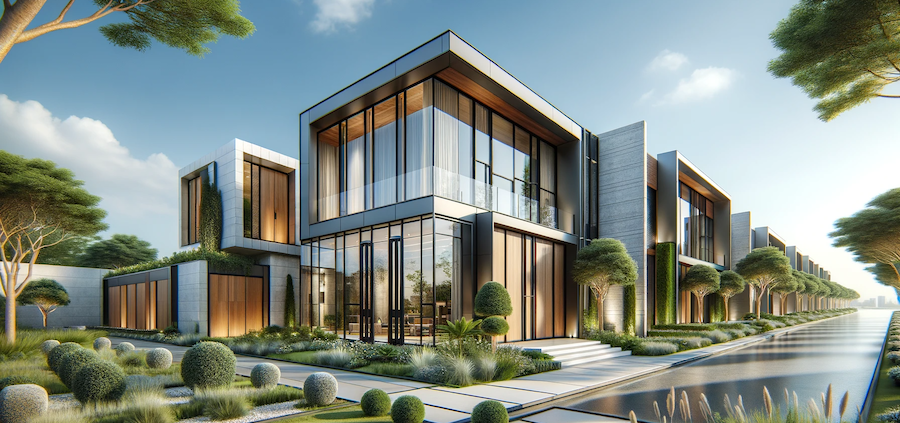Composite Doors
Embracing the Strength, Style, and Sustainability of Composite Doors in Modern Building Design
Table of Contents
In the ever-changing world of residential and commercial architecture, composite doors have become the go-to option for anyone looking for strength, security, and style. Composite doors are made of a variety of materials, such as wood, insulating foam, glass-reinforced plastic (GRP), and PVC, to solve the drawbacks of single-material doors. This article explores the qualities, advantages, and factors to consider when choosing composite doors, emphasising their growing popularity in modern architecture.

Knowledge about Composite Doors
Composite doors are created by blending several materials, each chosen for certain qualities and advantages. As a result of this fusion, the door is robust, long-lasting, and attractive. These doors have outstanding thermal efficiency since insulating foam is frequently used to make their core. Usually composed of a durable material such as GRP, the outer layer offers resilience against fading and weathering.
Benefits of Composite Doorways
Greater Sturdiness
Composite doors are renowned for their extraordinary robustness. The door is strong and resistant to deterioration thanks to the mix of materials. Composite doors last for many years and retain their integrity and look, unlike wooden doors, which decay, distort, and fracture.
Increased Safety
Security is a top priority for both companies and residential owners. Because of their sturdy design and modern locking systems, composite doors provide increased security. Because of their robustness, they can withstand forceful entrance, giving the residents peace of mind.
Superior Energy Savings
The energy efficiency of composite doors is one of their best qualities. Excellent thermal insulation from the insulating foam core helps maintain a steady interior temperature and lessens the need for heating and cooling systems. This lowers energy costs and lessens the building’s carbon impact, in addition to increasing comfort.
Visual Flexibility
There is a vast array of designs, colours, and finishes for composite doors. They might have a sleek, modern design or resemble conventional wooden doors. Because of their adaptability, doors may be chosen by designers and homeowners to fit their own aesthetic tastes as well as the property’s architectural style.
Merely Maintaining
In contrast to conventional wooden doors, composite doors need less upkeep. They don’t require frequent painting or varnishing. They require little maintenance—just a quick wash with soap and water to keep them looking like new—which saves time and effort
Suitable Insulation
Good sound insulation from composite doors lessens the effect of outside noise. Properties close to loud settings or in crowded metropolitan areas will especially benefit from this feature.
Composite Door Types
Composite doors are available in a variety of styles, such as:
Side and rear doors
These are the most popular kinds of composite doors, which are often used as a building’s primary entrances. Their design prioritises longevity, security, and visual appeal.
Unwavering Doors
The top and bottom sections of stable doors may be opened individually, giving them a distinctive style. When air is needed without completely opening the door, they are perfect for households.
Glass Doors
A fashionable way to link indoor areas with patios or gardens is with composite French doors. They combine the advantages of contemporary materials with a timeless style.
Installing and Maintaining
To get the most out of composite doors, proper installation is essential. It is best to have them installed by qualified contractors to guarantee a perfect fit and operation. The only maintenance needed is periodic cleaning and inspection to make sure the locking mechanisms are operating as intended.
Selecting the Appropriate Composite Door
When choosing a composite door, consider: Fashion and Layout Select a look that reflects your taste and the design of the building. Think about the finish’s colour, texture, and kind. Features of Security Seek out doors with sturdy construction and top-notch locks. Multi-point locking systems and other security measures might offer additional protection. Energy Reduction To make sure the door satisfies your demands for thermal efficiency, check its energy rating. A well-insulated door may save a substantial amount of energy. Wallet Although composite doors are often more expensive than traditional doors, over time they may prove to be more economical due to their minimal maintenance requirements and extended lifespan. Consider both the door’s long-term worth and your budget.
Composite doors, which combine strength, security, energy efficiency, and aesthetic flexibility, mark a substantial leap in door technology. They are a great option for anyone wishing to replace existing doors or incorporate them into brand-new building projects. Composite doors are a popular option in the contemporary building sector because of their broad range of styles and designs, which allow them to satisfy a variety of demands and tastes.






Leave a Reply
Want to join the discussion?Feel free to contribute!